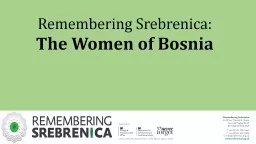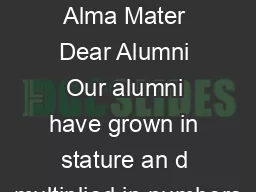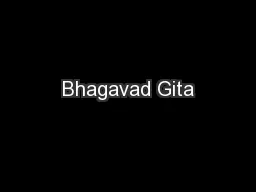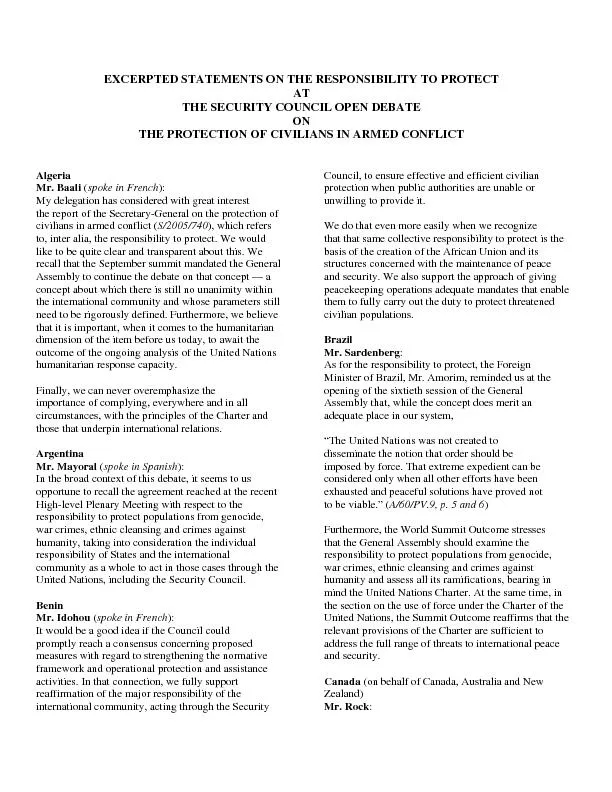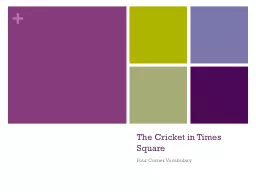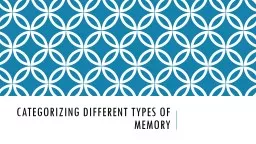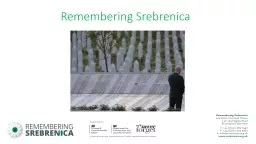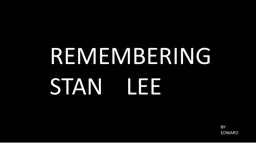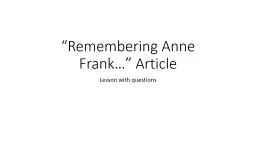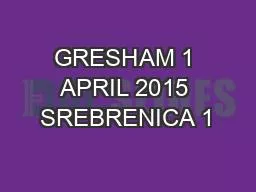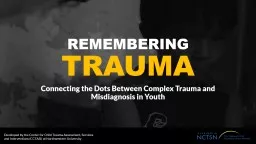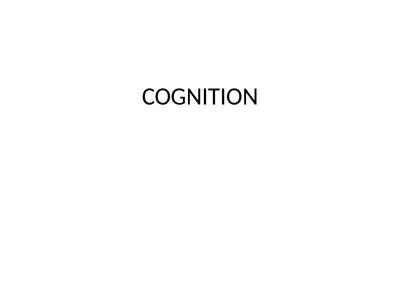PPT-Remembering Srebrenica:
Author : stefany-barnette | Published Date : 2016-09-13
The Women of Bosnia The women of Bosnia were defiant courageous and brave during the war because they kept their children alive They were holding on to the future
Presentation Embed Code
Download Presentation
Download Presentation The PPT/PDF document "Remembering Srebrenica:" is the property of its rightful owner. Permission is granted to download and print the materials on this website for personal, non-commercial use only, and to display it on your personal computer provided you do not modify the materials and that you retain all copyright notices contained in the materials. By downloading content from our website, you accept the terms of this agreement.
Remembering Srebrenica:: Transcript
Download Rules Of Document
"Remembering Srebrenica:"The content belongs to its owner. You may download and print it for personal use, without modification, and keep all copyright notices. By downloading, you agree to these terms.
Related Documents

